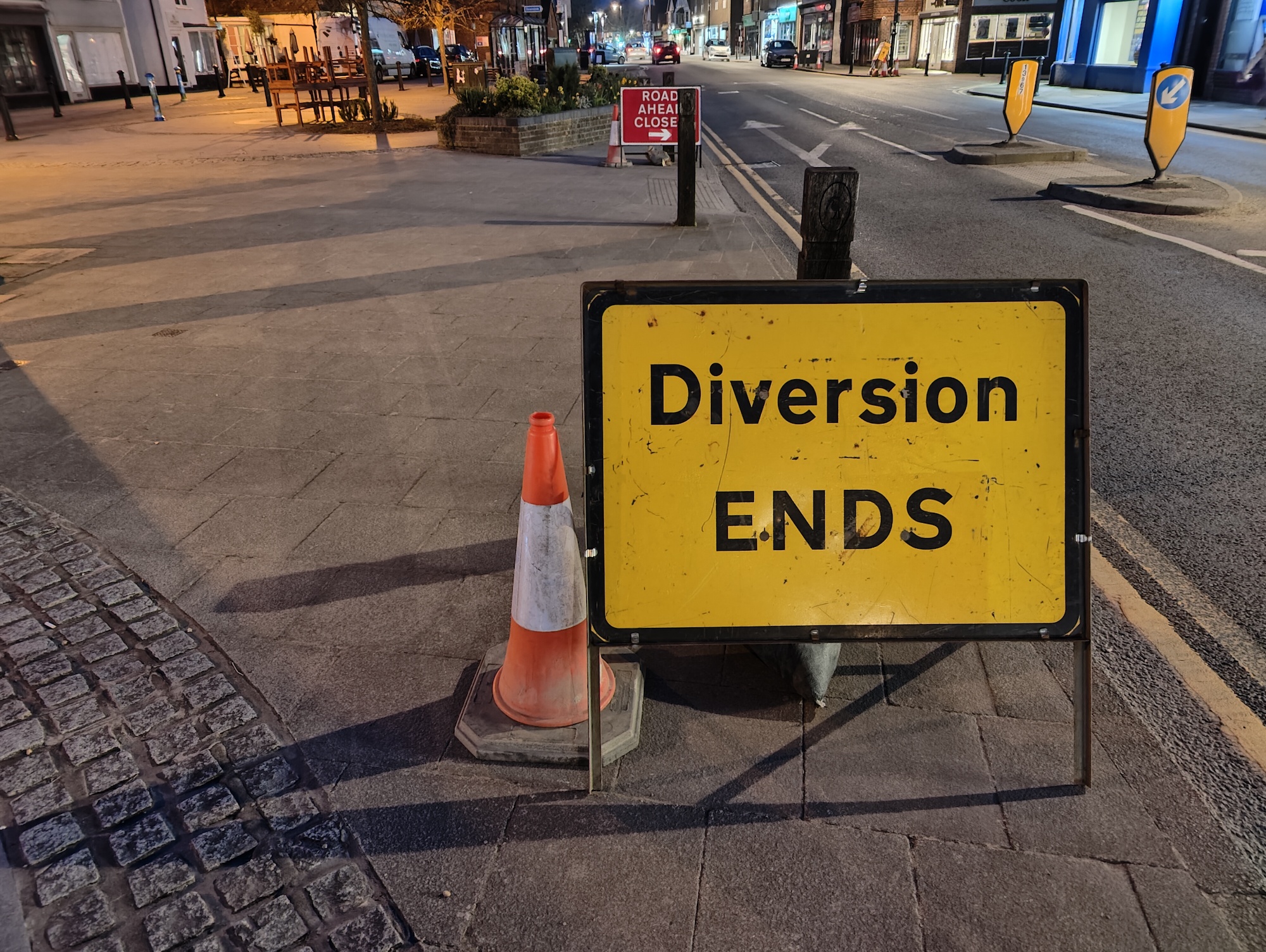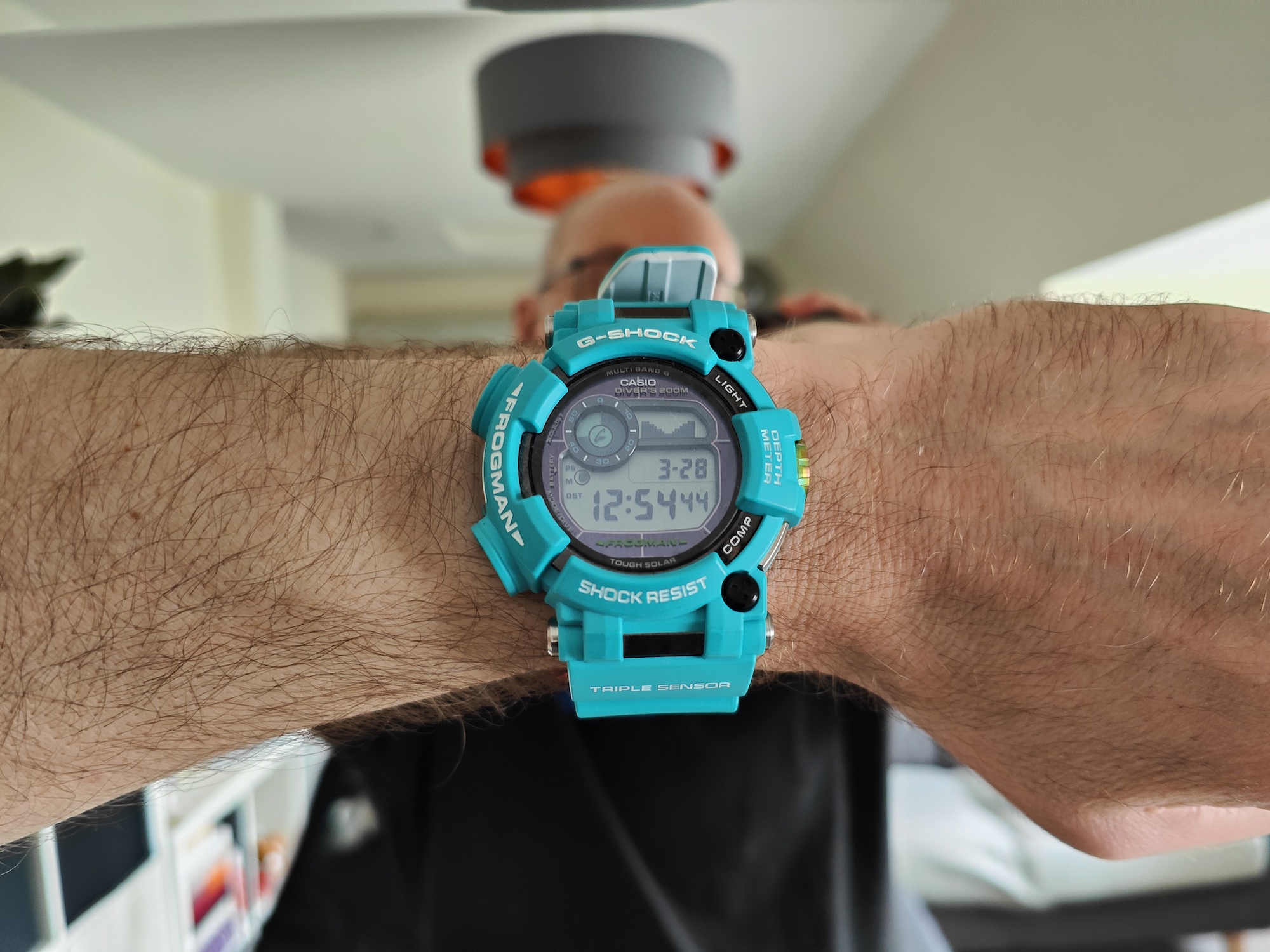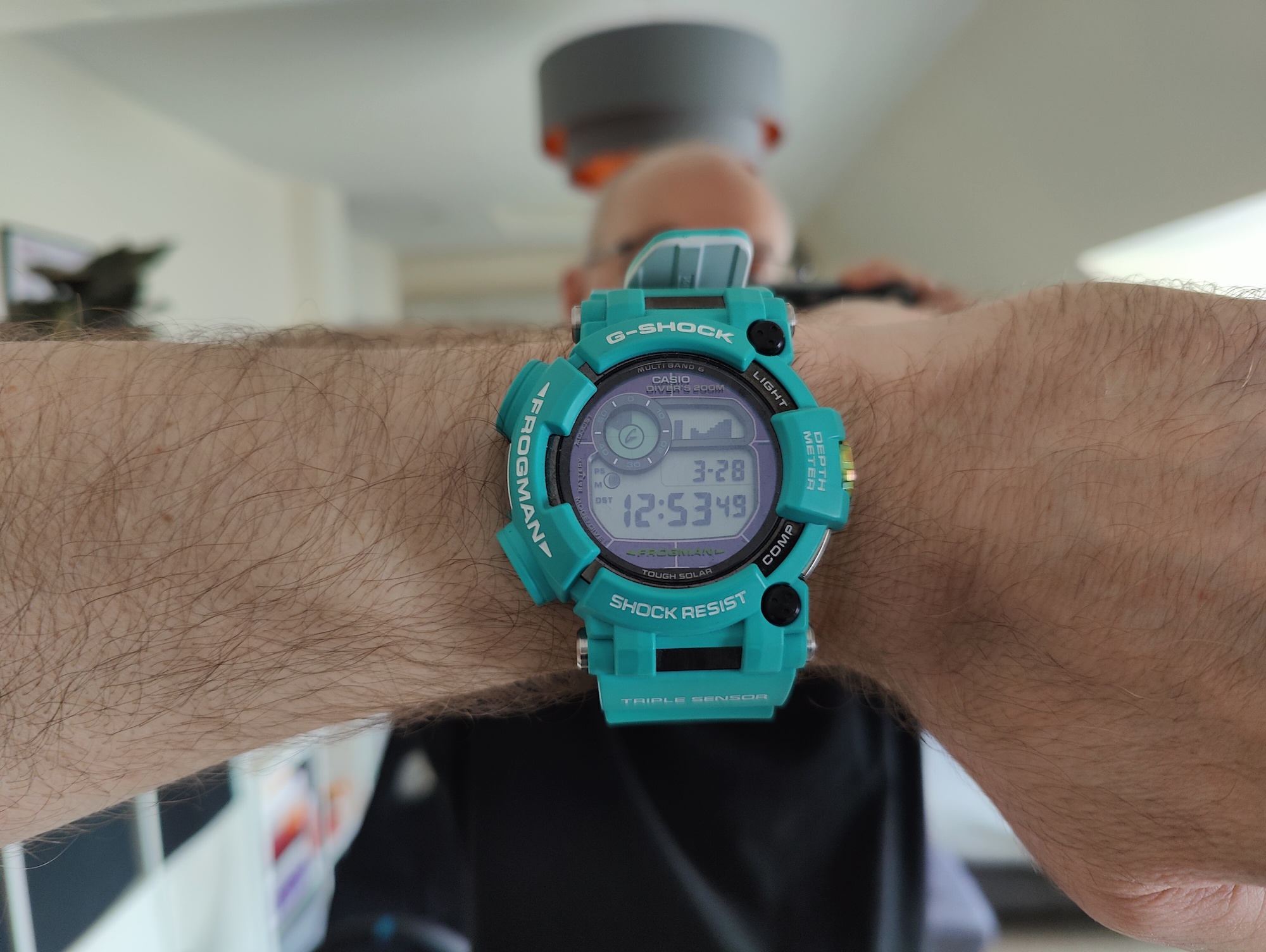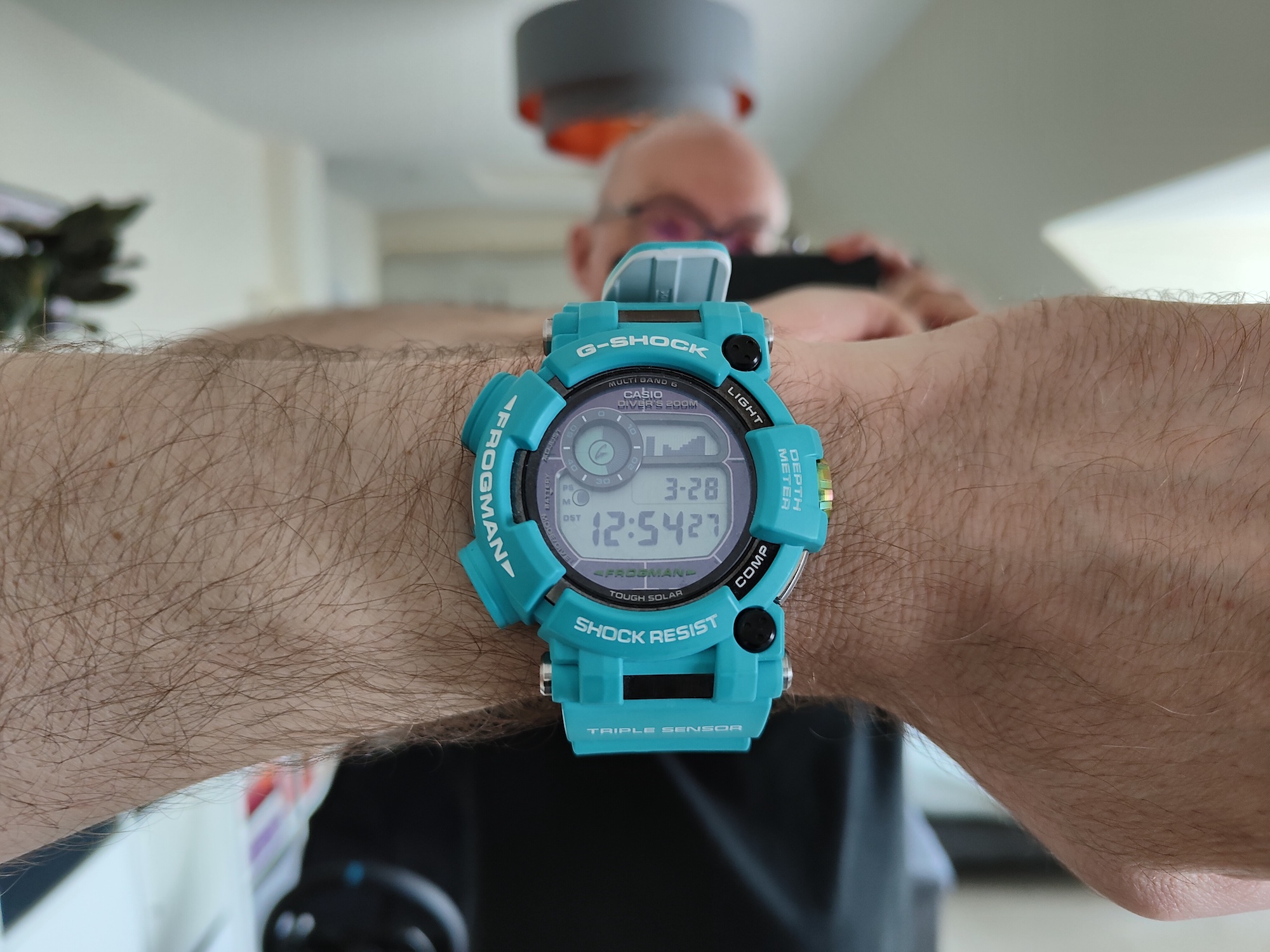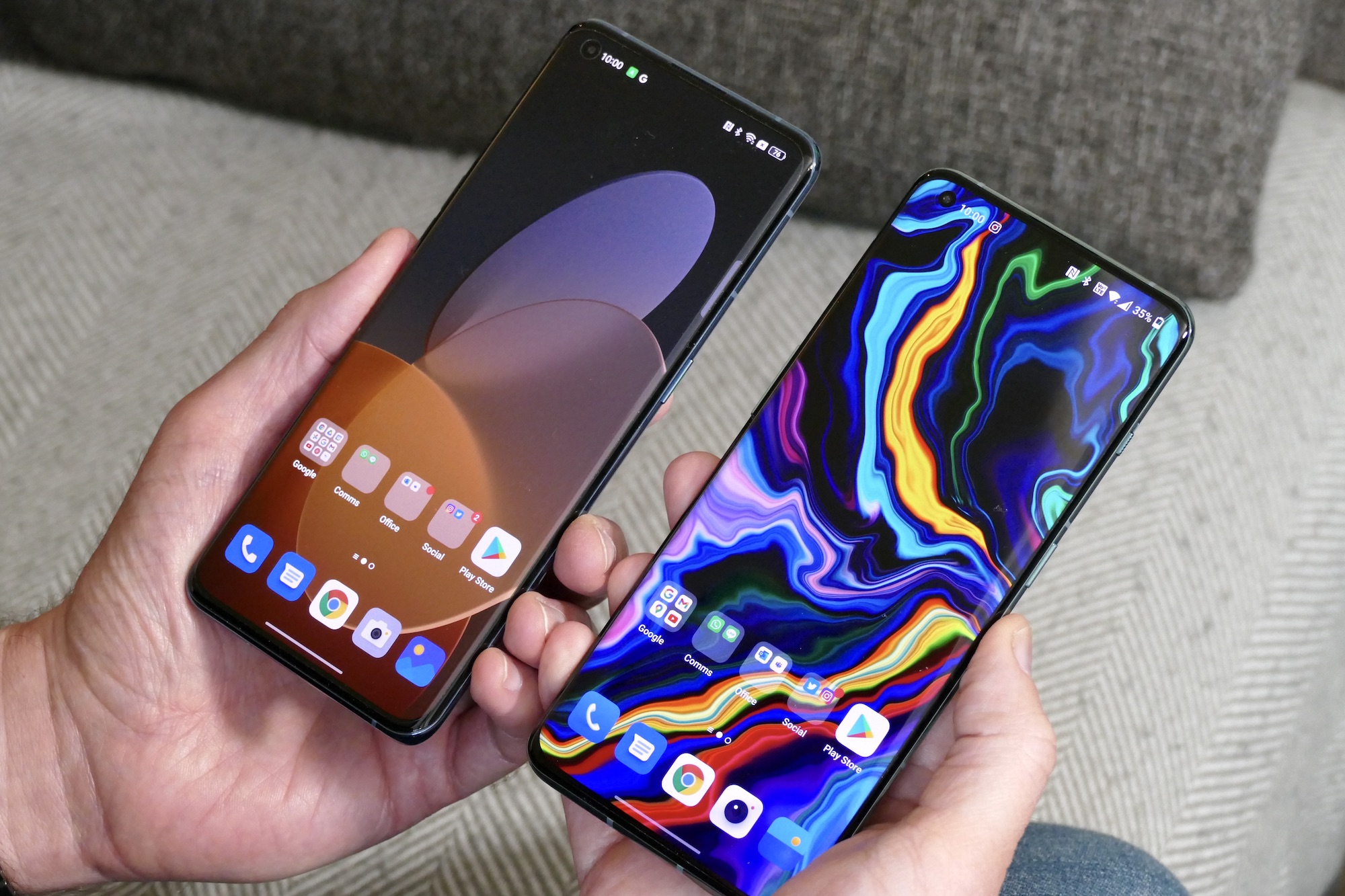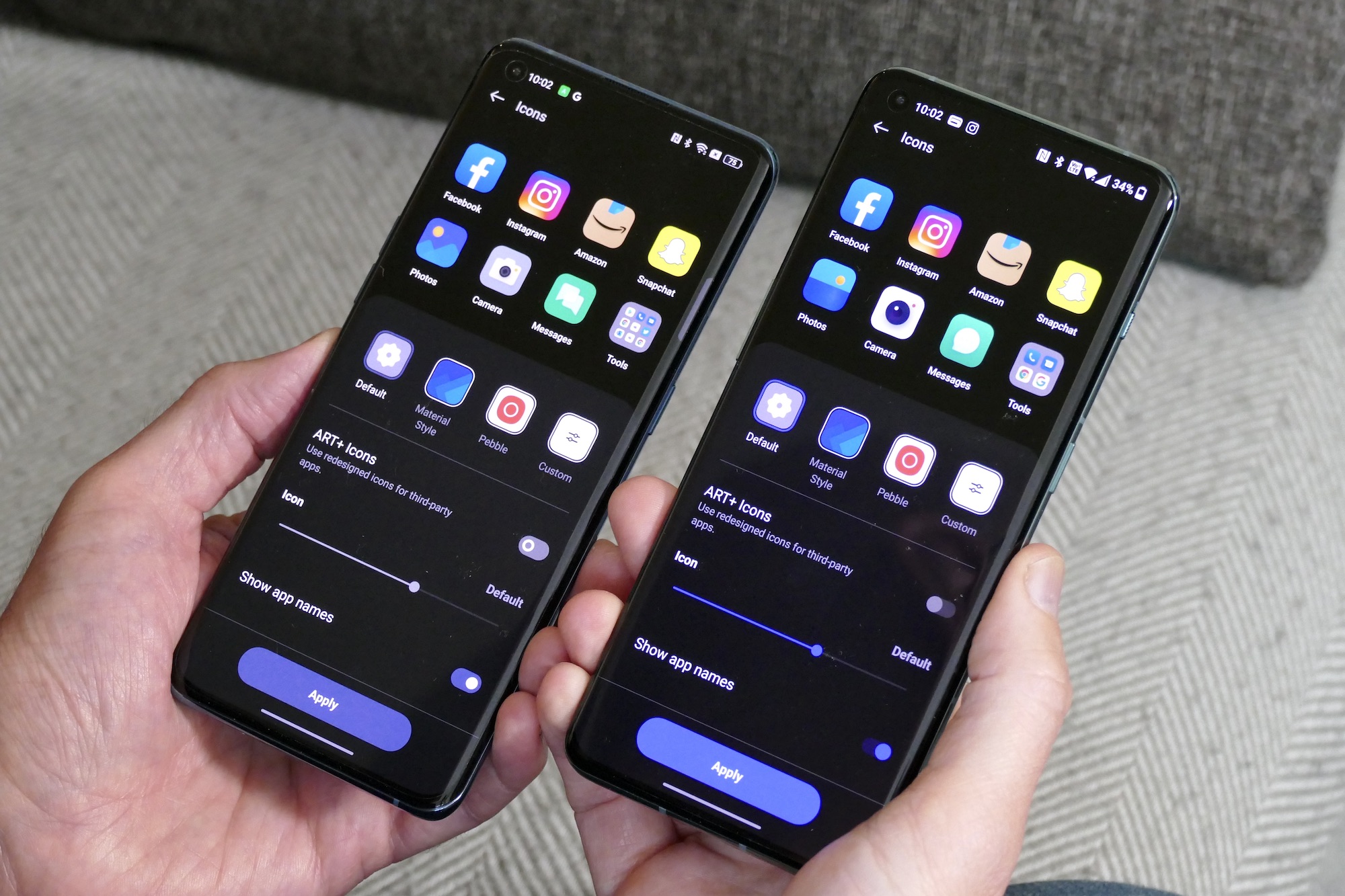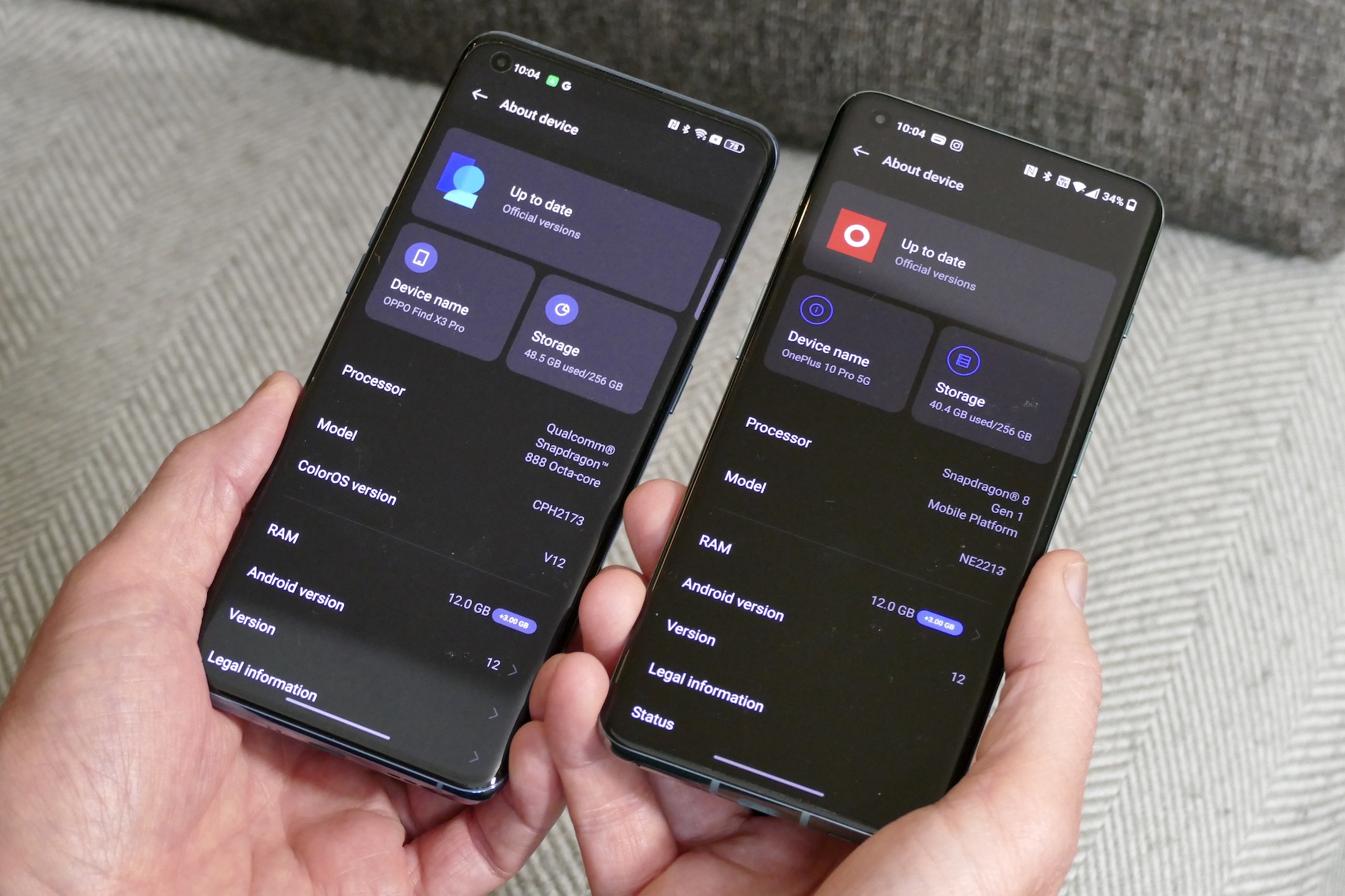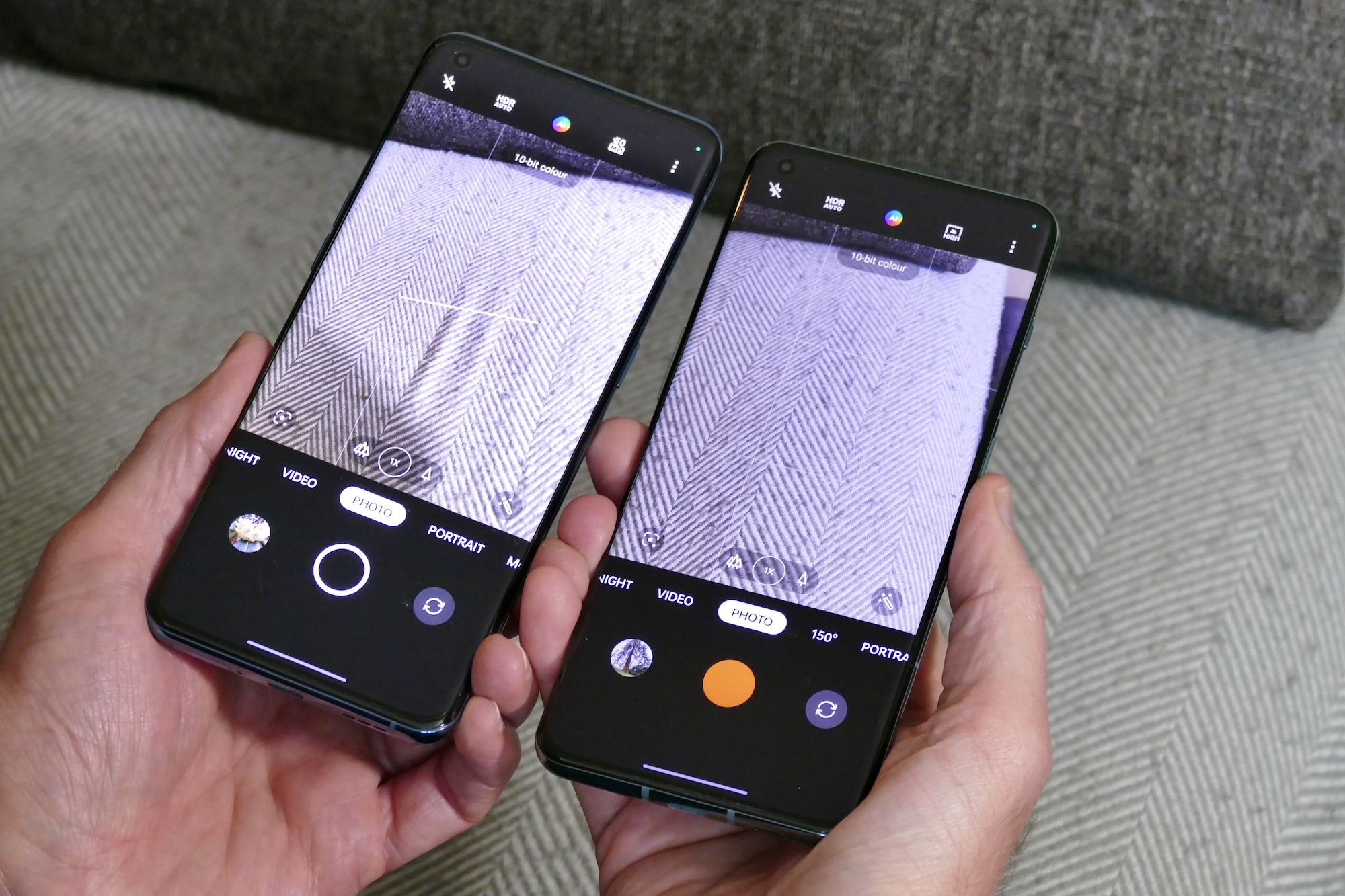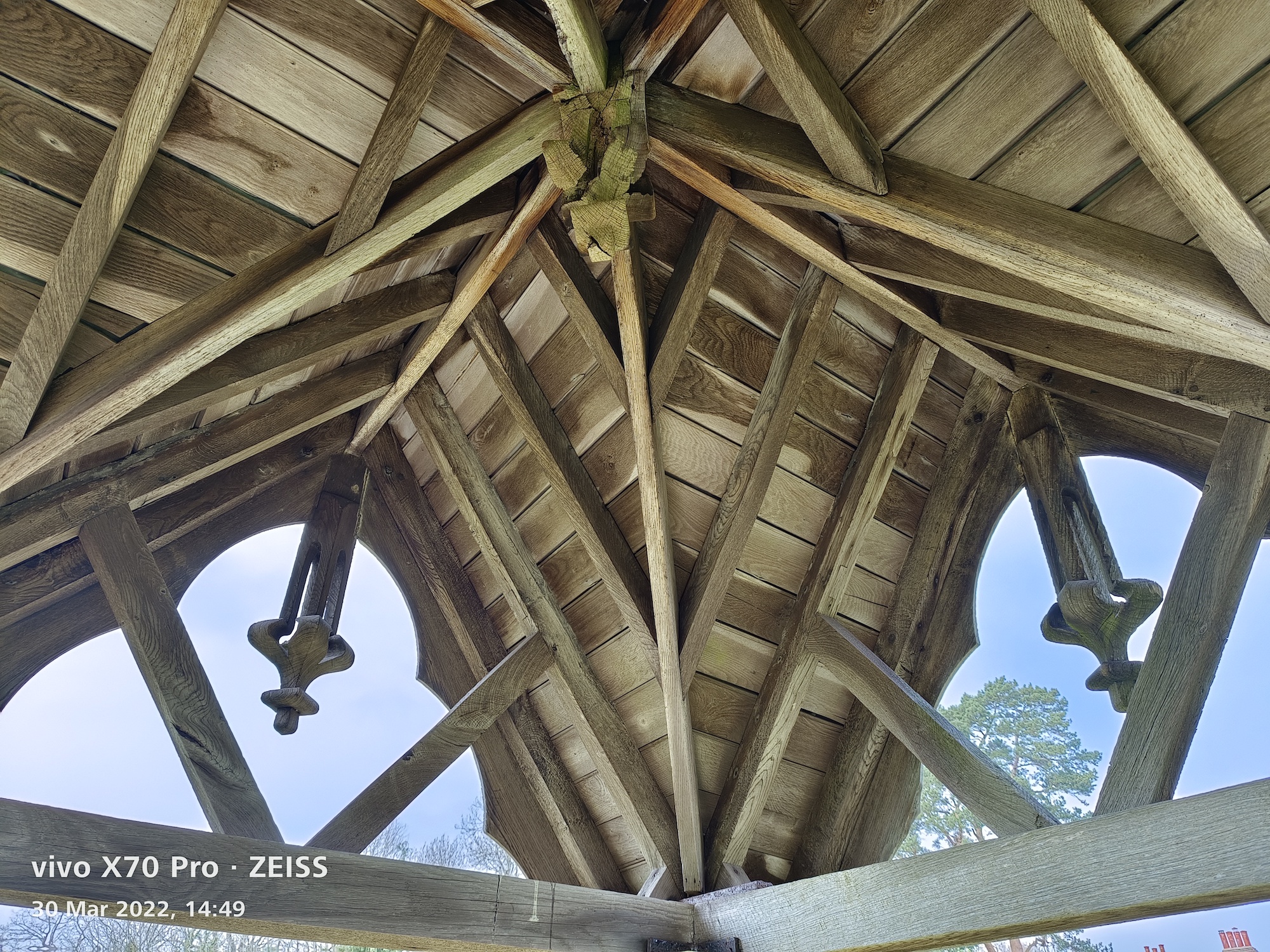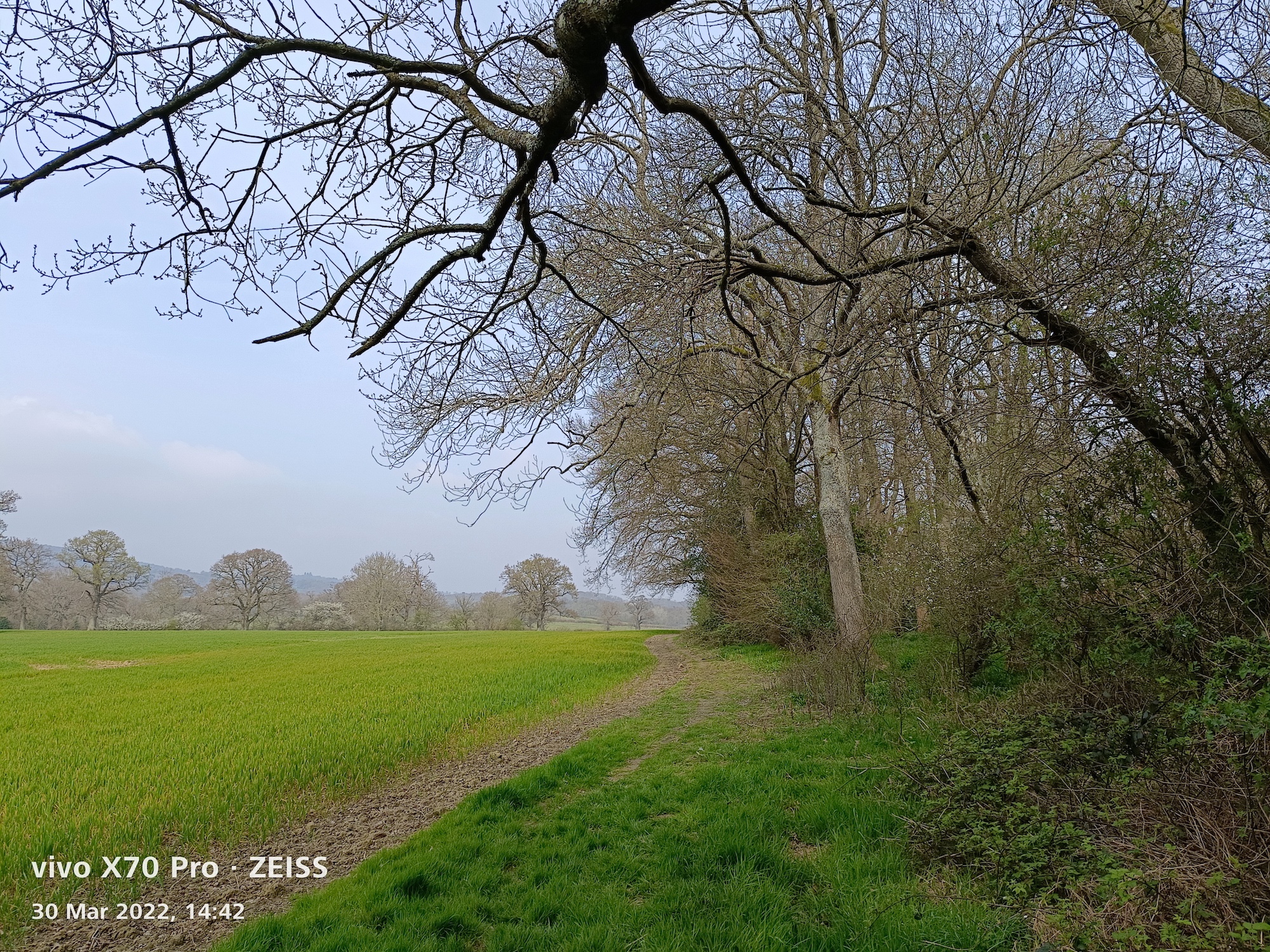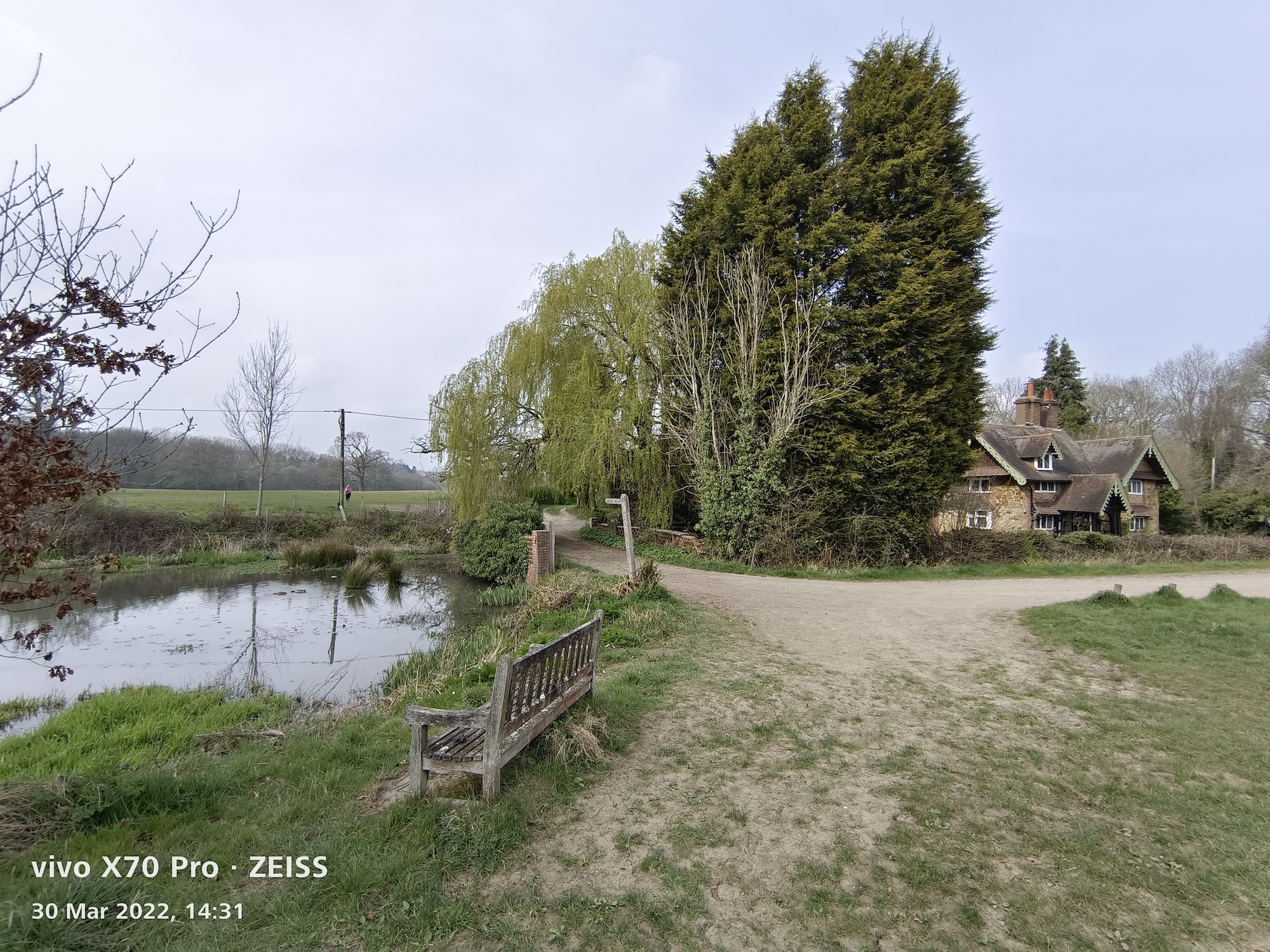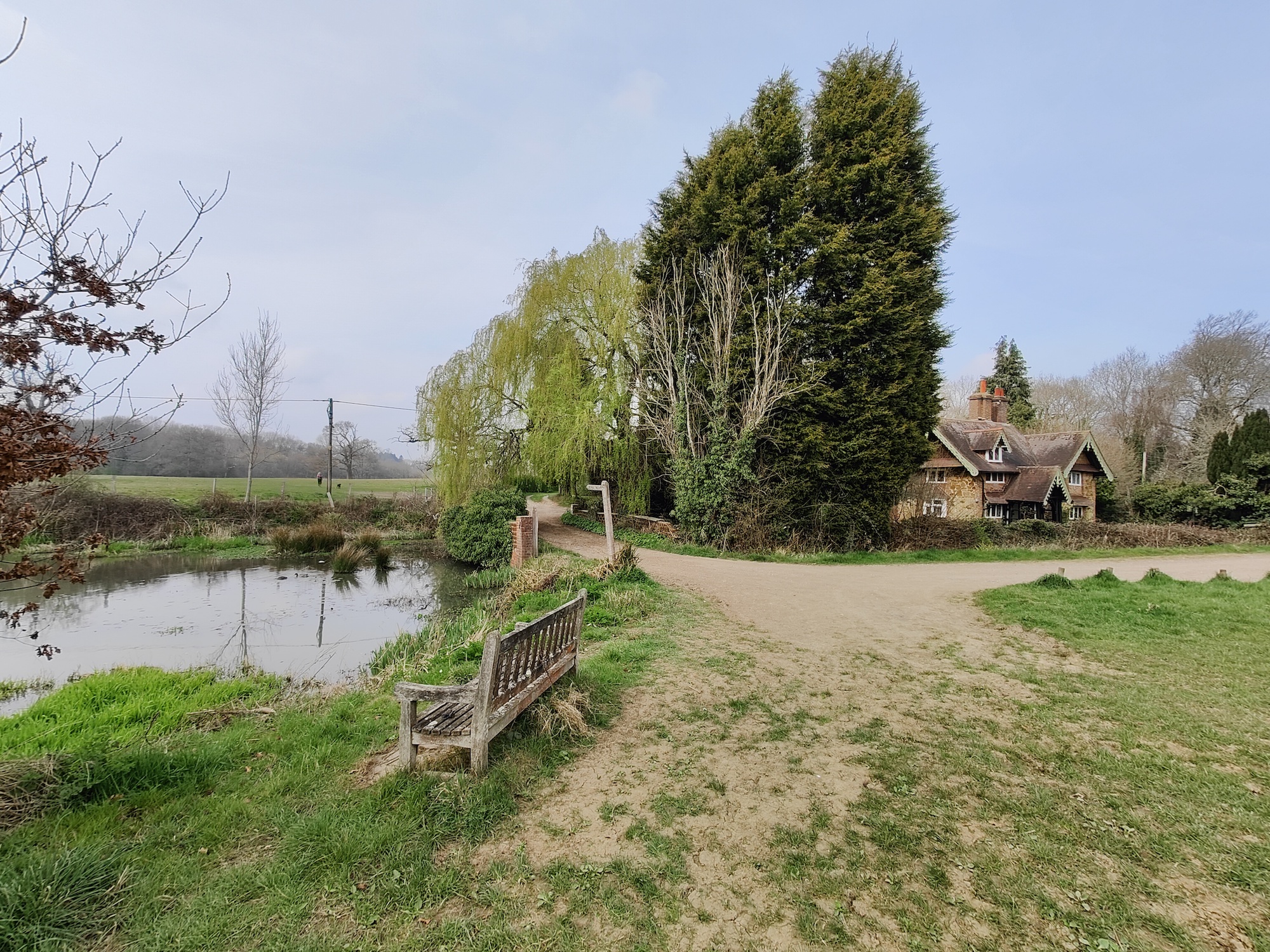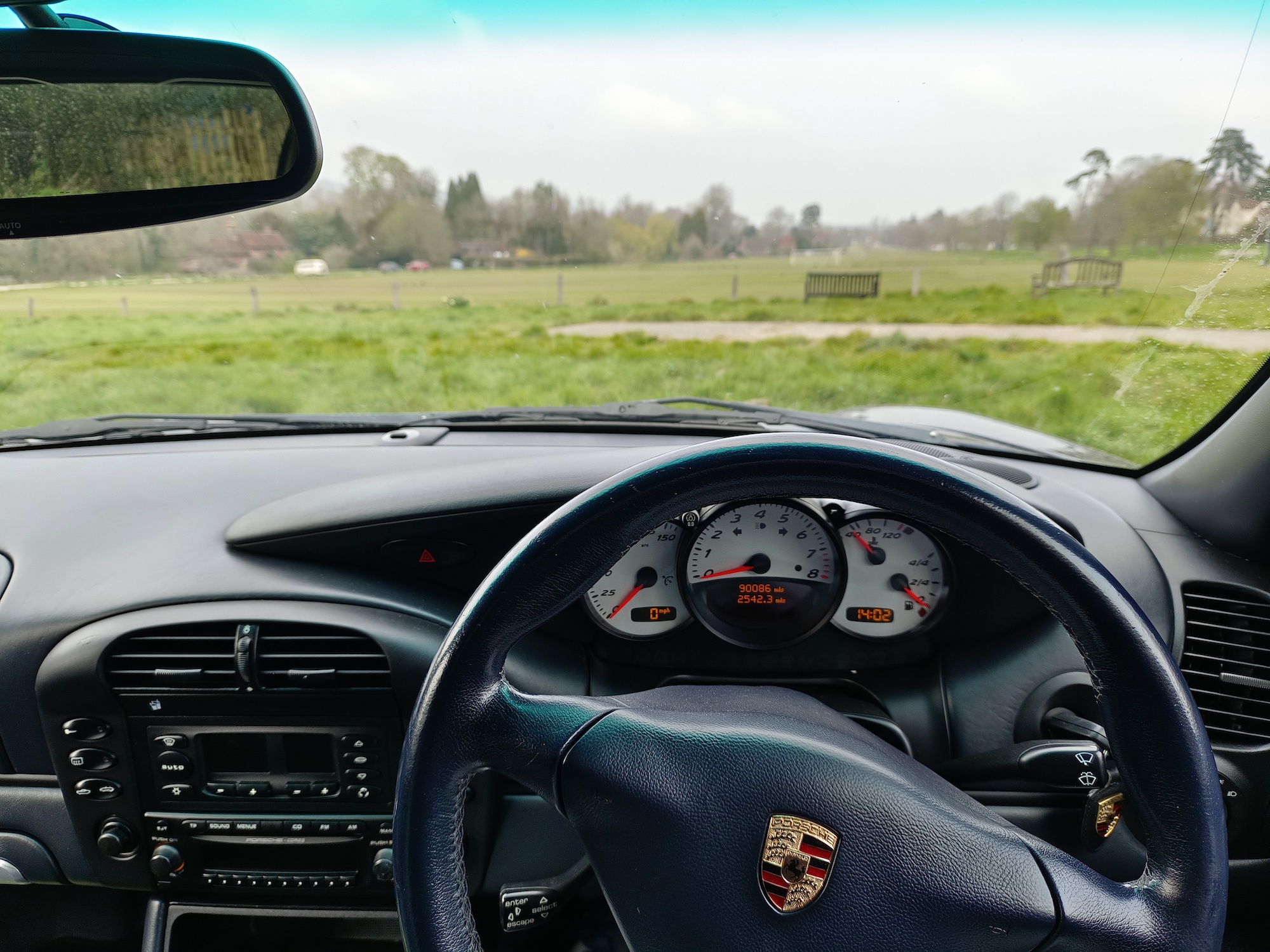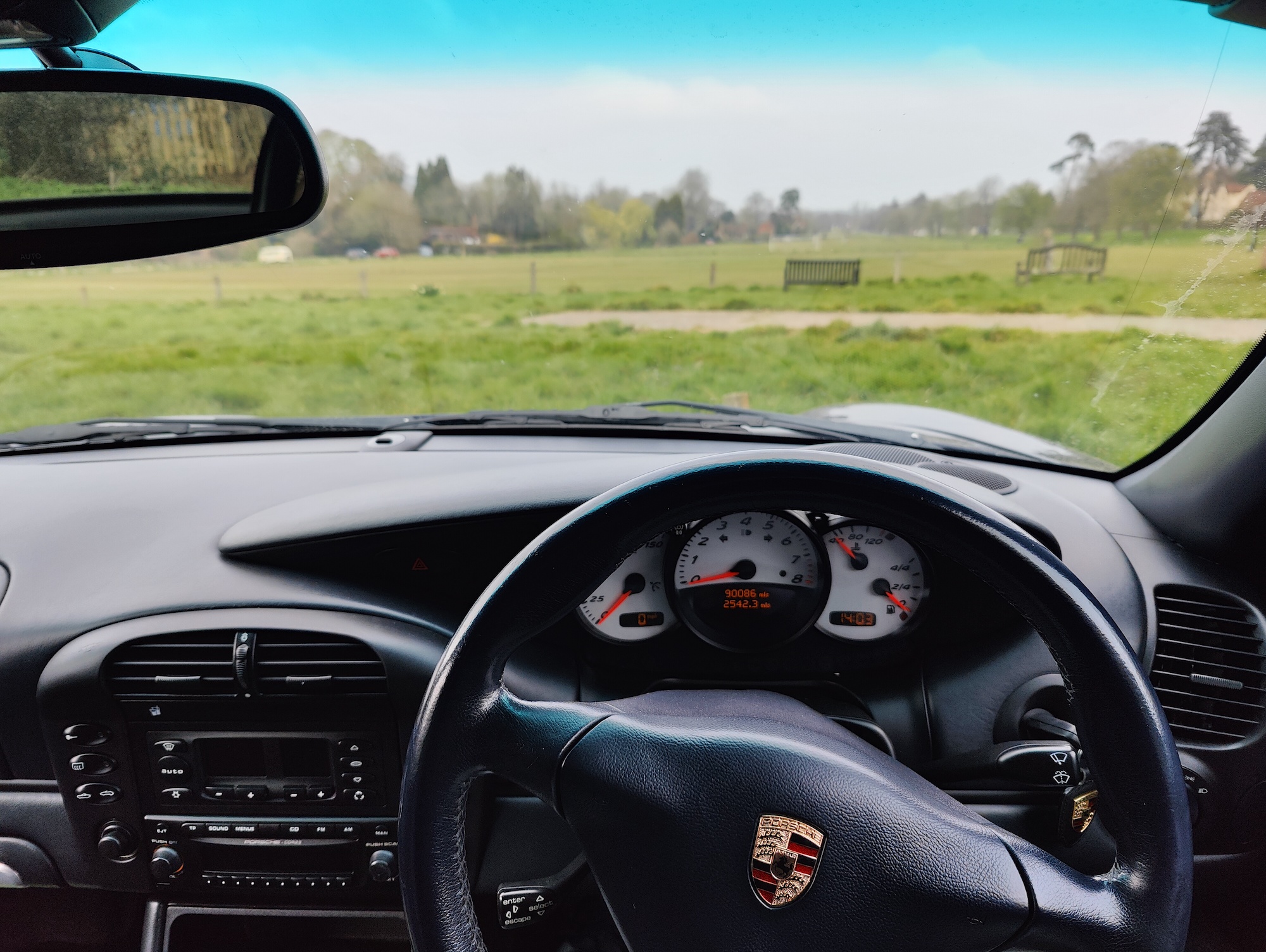Over the last six weeks or so I’ve reviewed the Realme GT 2 Pro, followed by the Oppo Find X5 Pro, and finally the OnePlus 10 Pro, meaning I’ve gone back-to-back with the latest devices created by companies that are all part of the BBK Electronics empire. They all have different names, but just how different are the devices really?
The answer is that they are not, apart from in the minds of marketing teams, and this should be of great concern to OnePlus and Oppo, but not so much to Realme. But these three manufacturers don’t complete the picture because to paraphrase Yoda, there is also another.
Oh, so similar
Barely a year ago the separation between these three companies was far clearer. Oppo was like Samsung, a company making high-quality devices at all different prices, and with a clear flagship product at the top. Realme was a related brand selling great value phones that shared some of the technology and software found in Oppo phones. OnePlus was the outlier — a recognizable global brand with a strong following that did things differently from Oppo and Realme. You really had to be told the three were vaguely related.

The OnePlus 10 Pro is the first major release from OnePlus since the company started working more closely with Oppo. So closely, in fact, that both share research and development and have a partnership with camera experts Hasselblad. Both also favor Oppo’s SuperVOOC fast charging branding, and OnePlus’ OxygenOS software has taken on a lot of Oppo’s ColorOS software. To call them similar is perhaps an understatement.
Throw the Realme GT 2 Pro into the mix and you have three phones that have a Qualcomm Snapdragon 8 Gen 1 processor, a 6.7-inch LPTO 2.0 AMOLED touchscreen, a 5,000mAh battery with fast charging, a 32-megapixel selfie camera, and software that’s different really only in name. The cameras do vary, but there are still similarities. The Realme GT 2 Pro and OnePlus 10 Pro both have a 150-degree wide-angle mode, and all three have a 50MP wide-angle camera, for example. Both the OnePlus and Oppo phones have Hasselblad’s camera tuning, too.
The general hardware specifications aren’t that different — the Realme phone has a flat screen while the other two have curved screens, and that’s about it. The design varies too, but it’s price that really separates them. The Oppo Find X5 Pro is the most expensive at 1,049 British pounds, or about $1,380, followed by the $899/799 pound OnePlus 10 Pro, and the $920/699 pound Realme GT 2 Pro.
Is the camera the big differentiator?
The specifications of each camera is slightly different, therefore the pictures will look different from each other, right? The question is, how different, and is one considerably better (or worse) than the other? I’ve taken photos with all three in Auto or using a special feature, and with the software’s Artificial Intelligence (A.I.) scene recognition mode active where appropriate.
We start out with a Night mode photo. After all, lowlight competency was once a reason to spend more on a phone camera, so surely it stands here? Indeed, there are differences between them. The OnePlus 10 Pro’s Night mode has a cooler tone, while the Oppo and Realme have a similar warmer tone. The Oppo’s photo is super sharp and there is some lovely detail when you look closely, but the Realme’s photo is so close to it, you’d have to see them side by side to pick out the differences. The OnePlus’ photo falls behind each of them.
Would you be unhappy with any of the photos? No, of course not, but I’ve really struggled to come up with a reason not to just recommend the Realme GT 2 Pro at this stage over the other two, and that will set the tone for the rest of the modes.
Moving on to an indoor photo, this time a relatively close-up shot of a watch on my wrist. The Oppo’s photo has decided my pasty, British, I’ve-spent-two-years-in-the-house skin has a darker glow than it does in reality. Thanks Oppo, but it’s not very accurate. The Realme’s photo washes me out a little too much (I haven’t passed away, Realme), and as a result, the turquoise color of the watch isn’t as striking as it should be.
The OnePlus 10 Pro takes the most accurate photo, getting my skin tone and the color of the watch just about right. I’d probably share the Oppo photo (for vanity reasons), but none are bad, or really all that different.
But Hasselblad’s software, which promises special calibration to enhance colors, must separate them. Oppo says it sent the Find X5 Pro to Hasselblad’s headquarters where the company’s experts worked on the software, and one has to assume the OnePlus phone has been through a similar process. Surely the Realme phone, without Hasselblad’s involvement, will fall behind?
Here’s a photo of a tulip. To my eyes, the Realme GT 2 Pro’s photo has a lovely balance. The red isn’t too red, the green isn’t too green, and the fade on the petals is eye-catching and attractive. Zoom in and there’s also more detail than the OnePlus photo. The Oppo’s photo certainly pops, but it’s not especially natural. I don’t want drab “realism” and appreciate the Oppo camera’s striking photo, but the Realme GT 2 Pro costs a lot less than the Find X5 Pro, and I like the photo just as much.
We will take a look at one last photo, taken with the wide-angle camera on each. Shooting into the sun, it was a more difficult shot for the cameras to take, especially with the overcast sky. The Oppo camera underexposed, giving the scene a darker look and obscuring detail in the tree and making the sky gray. The ground has a great color though.
The OnePlus 10 Pro’s photo is brighter and shows more detail because of it, but neither are exactly pretty pictures. The Realme GT 2 Pro’s photo has a bluer sky, the yellow flowers on the right of the photo are more striking, and the green is more eye-catching throughout. Zoom in on all three and there’s no discernible difference in detail or quality. I’d share the Realme photo.
When you look at the extra features on each camera, the Realme GT 2 Pro is by far the best value. It has the 150-degree wide-angle camera mode also seen on the OnePlus 10 Pro, plus it has an unusual but fun Microscope camera mode where you can take photos at 40x magnification. It shoots 8K video too. No, it doesn’t have an optical zoom, but neither does the Find X5 Pro. I can’t see where Hasselblad has improved the camera’s performance over the Realme either.
Software déjà vu
OxygenOS was once a wonderfully clean, attractive, and superfast user interface over Android. But today, it has been absorbed into Oppo’s ColorOS user interface to the point where both look, feel, and operate in almost the same way. The Realme GT 2 Pro has Realme UI installed, but make no mistake, it’s ColorOS by another name.

Because of this, the same problems exist on each phone. The software is often intrusive, overly complicated in places, and isn’t always reliable. Where OxygenOS would have made the OnePlus phone easy to recommend, it’s now no different from the Oppo or Realme phones. Forced to use ColorOS in one guise or another, I’d opt to pay the least amount of money for the phone on which it’s installed, as it’s easier to forgive it for being irritating.
Let’s just recap. All three phones perform really well because they use the latest Qualcomm processor and up to 12GB of
Are they all being marketed differently? “Empower every moment.” “Capture every horizon.” “Greater than you see.” Those are the three taglines for the Oppo Find X5 Pro, the OnePlus 10 Pro, and the Realme GT 2 Pro, respectively. Meaningless though they are, if you work hard to define what each means, it’s basically the same regardless of the phone.
Vivo la differénce
Jumping from the Find X5 Pro to the Realme GT 2 Pro and to the OnePlus 10 Pro should have felt like swapping between three phones from three different manufacturers, wach with distinct differences, special characteristics, and unique selling points. It didn’t. There were times when it felt like I was being trolled, that it was the same phone, just inside a different case. A good example is that I’ve had to manually check WhatsApp for new messages for six weeks because ColorOS in all its forms refuses to always show me a new notification.

So is that it? Are all phones from BBK Electronics are essentially the same? Well, no. There is another, and that’s Vivo. The brand doesn’t have the same recognition outside China as the other three, and that may have allowed it to retain some individuality. I used the Vivo X70 Pro alongside the OnePlus 10 Pro for a day. It has FunTouch OS 12 over
The camera has been worked on by Zeiss, with both software and hardware changes, and it has a clever gimbal stabilization system, plus a 5x periscope optical zoom. It has a MediaTek Dimensity 1200 processor inside, and although the screen isn’t that high resolution, it still has a 120Hz refresh rate. It’s different throughout, from the look of FunTouch to the way the phone performs and the photos it takes. I’m not saying it’s all fantastic, but at least it’s not just another version of the same phone threatening to put me into a coma.
I’ve written before about the identity crisis brewing in the world of BBK Electronics hardware, and now it’s here for all to see. Not one of the Oppo, OnePlus, or Realme phones felt individual in any way at all, and because performance is practically identical, I see no reason why you would buy anything other than the cheapest one — and that’s the Realme GT 2 Pro.
Otherwise, here’s hoping Vivo continues to fight as it’s the last holdout in what’s increasingly looking like the mobile equivalent of Invasion of the Body Snatchers over at BBK Electronics.

